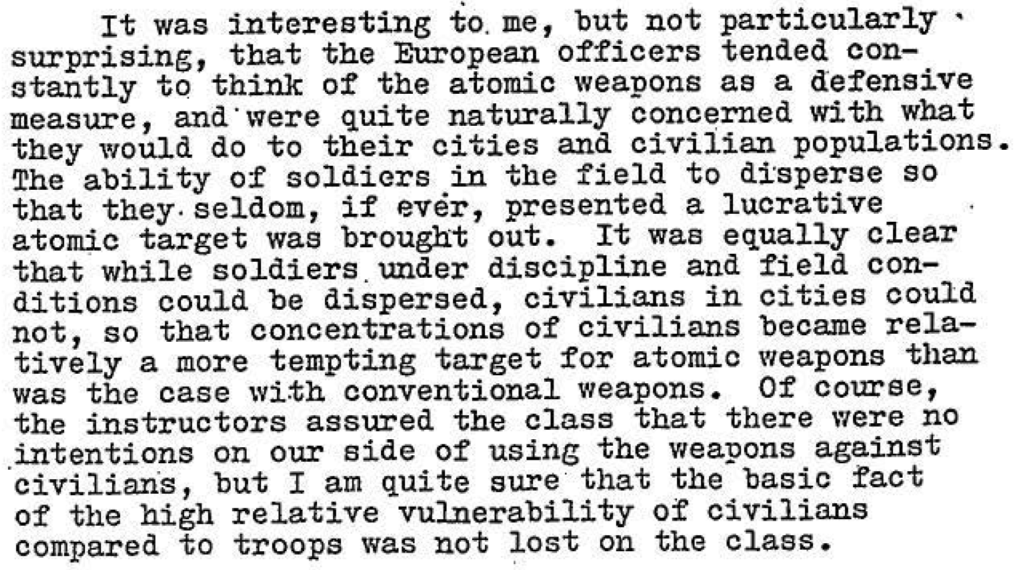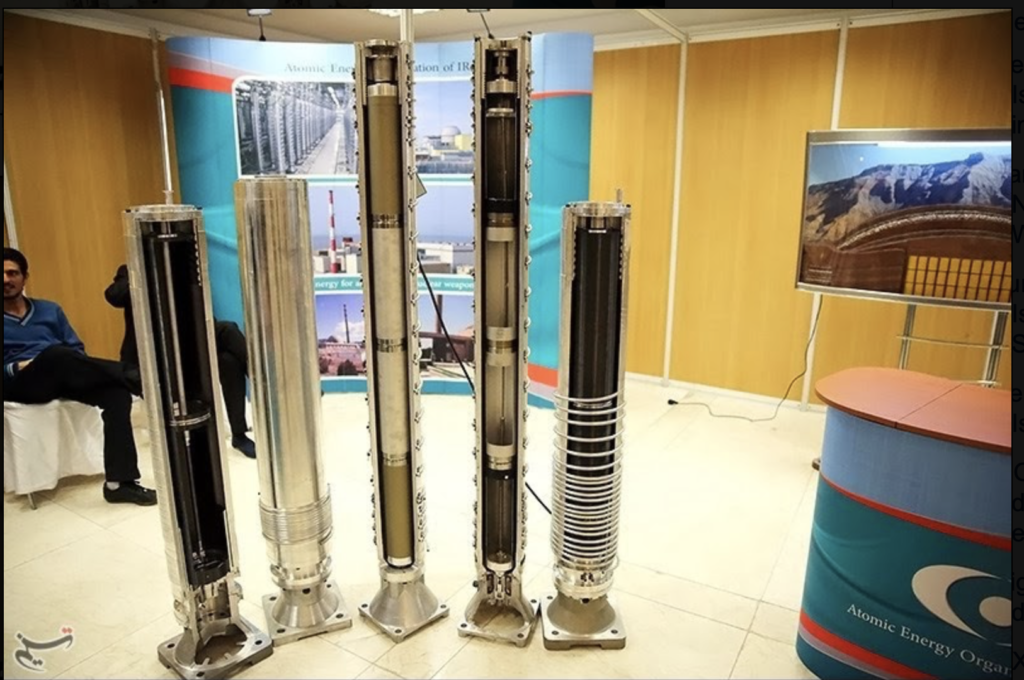The most recent issue of the CTBTO Spectrum has a good deal of worthy material. But I am especially interested in this piece about the restoration of a Senegalese seismic monitoring station which is part of the organization’s International Monitoring System auxiliary seismic network. The mundane details of international policy implementation are always worth a read:
…the first site survey was performed to verify if the site chosen under the Treaty was suitable for acquiring high quality seismic data for the IMS….Unfortunately, seismic background noise from industrial and other activities in Mbour, which is quite a large city, was too high and one of Senegal’s busy main national roads borders the IRD Center. This made the Treaty site, despite all the advantages linked to its location, not suitable for AS097 instal- lation. Alternate sites had therefore to be found.



